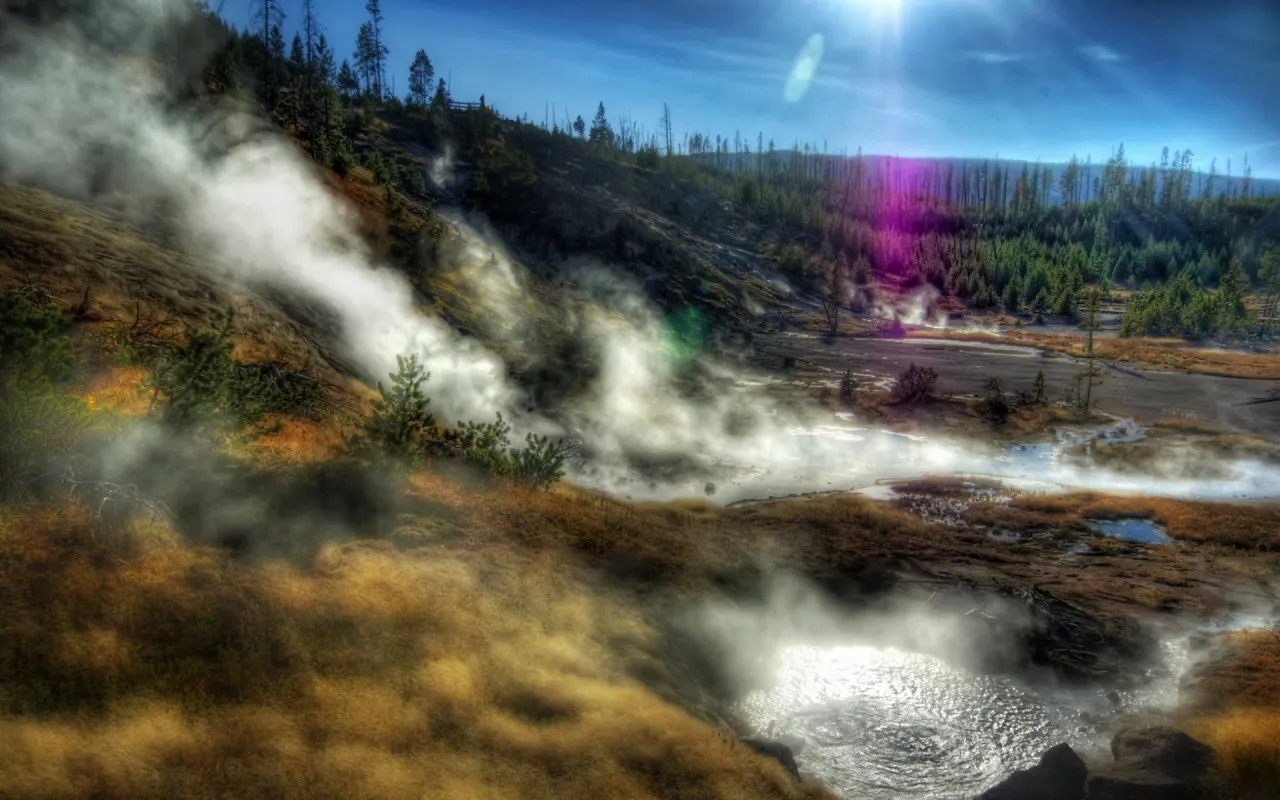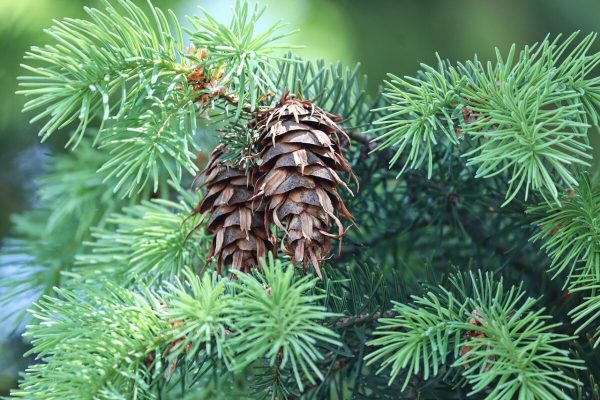Yellowstone National Park, a symbol of biodiversity in the United States, is once again the focus of scientists’ attention, this time because of a natural phenomenon that has left experts completely baffled. After more than 80 years without new trees in some areas of the park, its landscape has begun to transform in unexpected ways.
Researchers note that this revival may be linked to climate change, soil restoration, or even the indirect influence of reintroduced species such as wolves. The return of vegetation not only marks an aesthetic change, but also opens up new opportunities for wildlife and contributes to a healthier balance in the ecosystem. This discovery has generated considerable interest as it demonstrates how nature, despite adversity, finds remarkable ways to recover.
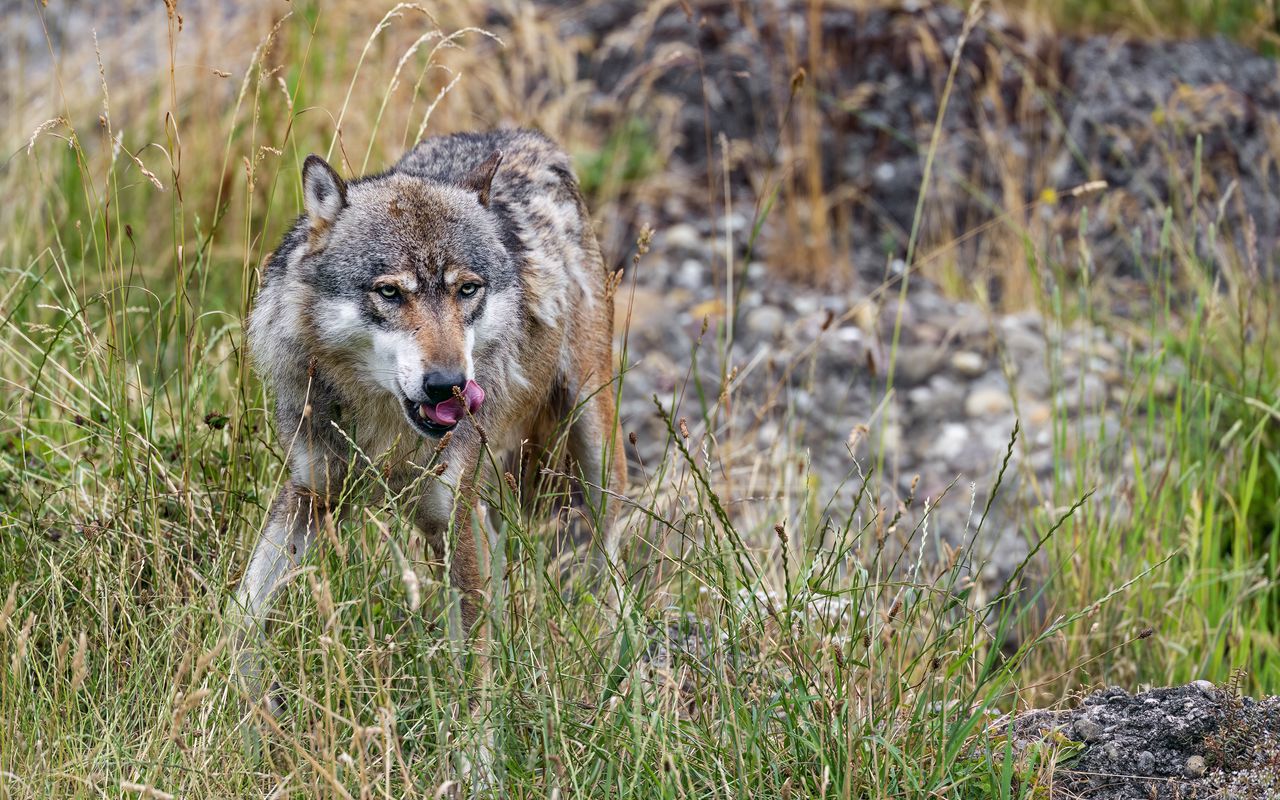
This phenomenon is particularly relevant as Yellowstone has been considered for decades a natural laboratory for studying species interactions and human impacts on ecosystems. The revival of trees in barren areas over more than eighty years not only inspires hope for environmental sustainability , but also provides the scientific community with a unique opportunity to analyse the interaction of factors such as climate change , predator reintroduction and soil dynamics . Moreover, this vegetation revival may contribute to improved carbon sequestration and strengthen the park’s potential as a natural carbon sink in the context of the global climate crisis.
According to Live Science, the reintroduction of gray wolves has triggered a chain of ecological effects that have indirectly contributed to the revival of aspen, a species that had been unable to recover since the mid-20th century.
The disappearance of wolves and the disruption of the ecological balance
In the 1930s, the grey wolf (Canis lupus) was completely exterminated in Yellowstone as a result of campaigns to destroy it, carried out as part of intensive hunting and federal policy. Its absence led to a serious imbalance: the population of the Canadian moose (Cervus canadensis), deprived of its natural predators, increased by more than 18,000 individuals.
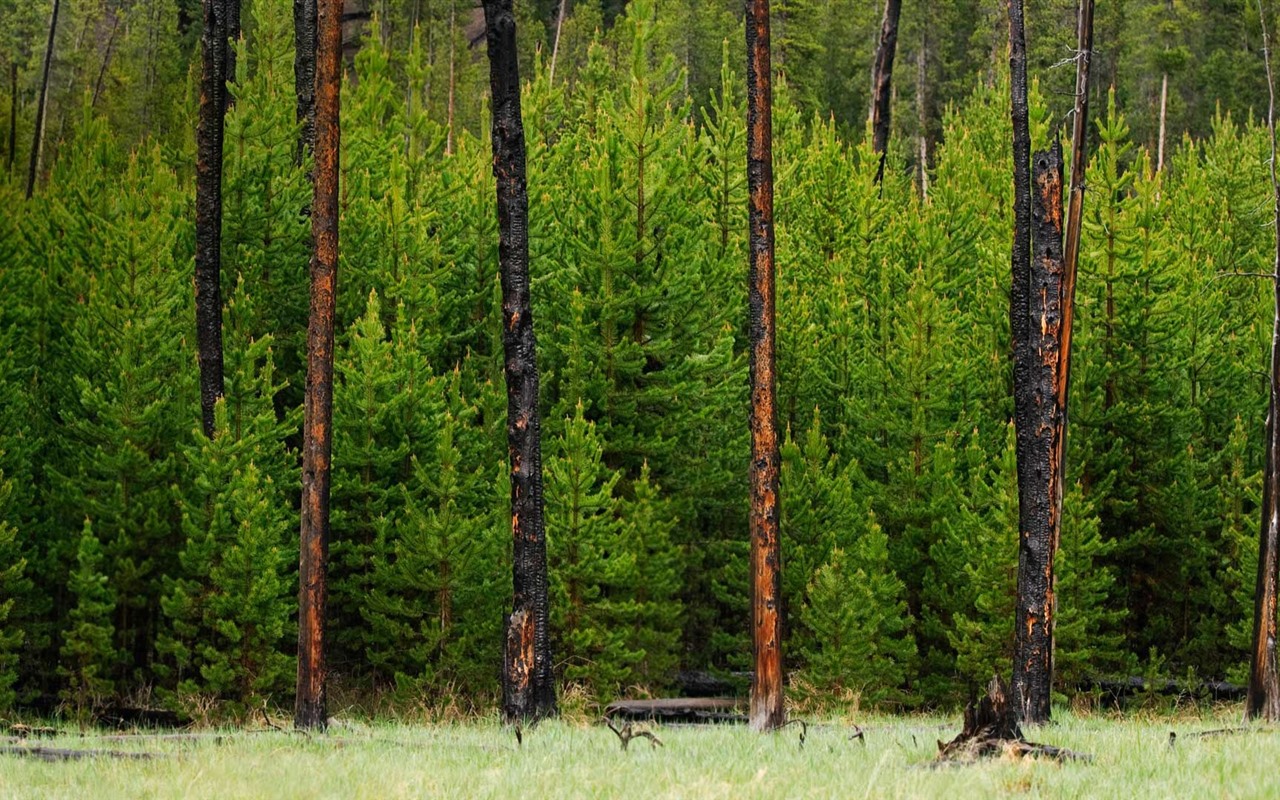
The excess of herbivores seriously affected young vegetation, including the aspen (Populus tremuloides), whose recovery had been virtually impossible for decades.
Surveys conducted in the 1990s found no new shoots of this species, only ageing mature trees. The constant gnawing of shoots, branches and bark by moose prevented the growth of a new generation, threatening the future presence of aspen in the ecosystem.
The return of wolves and the revival of aspen trees
In 1995, Yellowstone was repopulated with wolves as part of an ecological restoration project. The consequences were enormous: the moose population declined to about 2,000, which significantly reduced the pressure on vegetation. As a result, aspen trees began to grow again.
A study published in the journal Forest Ecology and Management, led by Luke Painter, an ecologist at Oregon State University, documents this phenomenon. The team analysed 87 aspen stands and found that a third of them were growing young, healthy aspens, something that had not been seen for more than 80 years.
Many of these trees have already reached a diameter of more than five centimetres, indicating promising prospects for growth. The recovery of quaking aspen is important for Yellowstone’s biodiversity. This species provides shade, food and shelter for various species of birds, insects, beavers and other mammals.
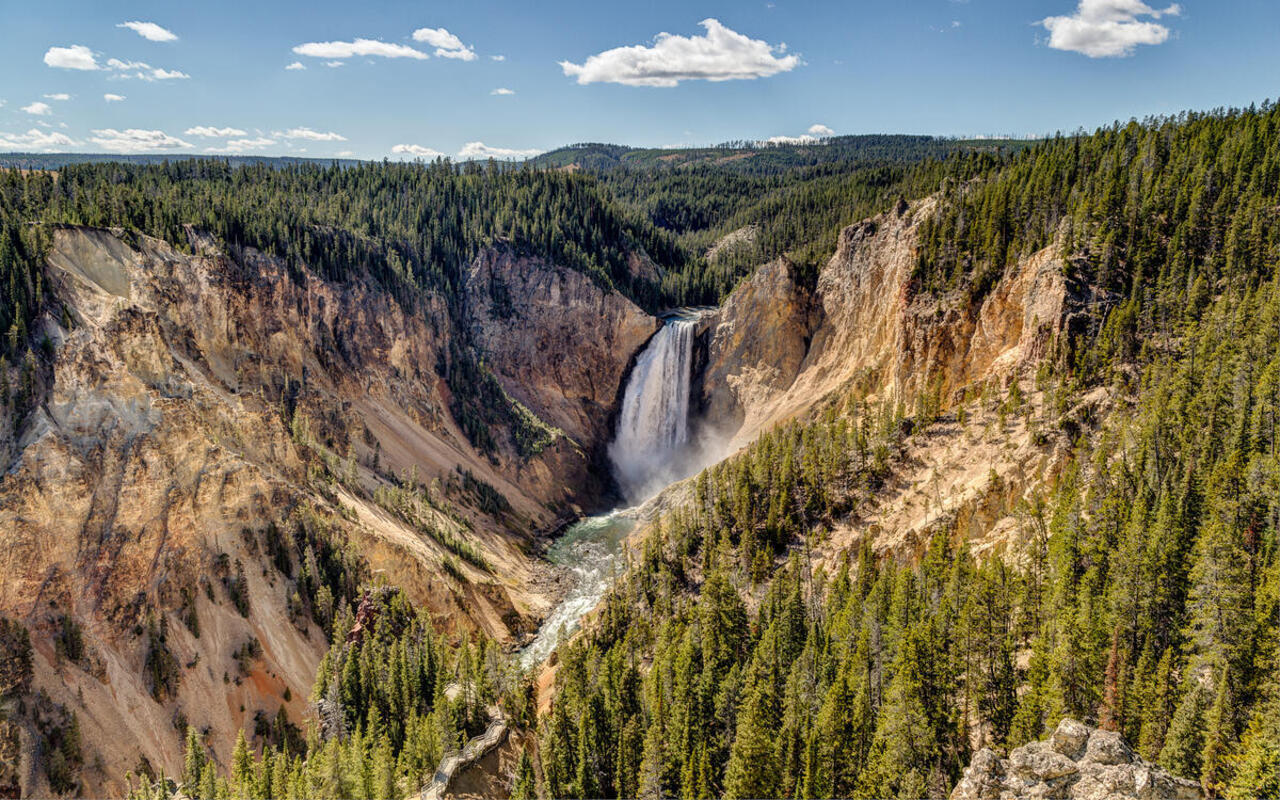
The sparser forest canopy allows more light to pass through, promoting the growth of shrubs, flowers, and other plants necessary for the ecosystem. Furthermore, there has even been an increase in the population of bears and cougars, likely related to the restoration of the natural balance.
New challenges for aspen restoration
Despite initial success, problems remain. The growth of the bison population, which is becoming more difficult for wolves to hunt, may limit aspen growth in some areas. According to Painter, these herbivores may pose a new threat to reforestation.
The example of Yellowstone demonstrates how the presence of predators can restore entire food chains. Dominic Spraklen, Professor of Biosphere-Atmosphere Interactions at the University of Leeds, emphasises that the reintroduction of large predators may have more serious consequences than climate change in some ecosystems, highlighting the need to conserve key species to create functional and sustainable landscapes.

